10 Neat Things About How Insects Survive Winter
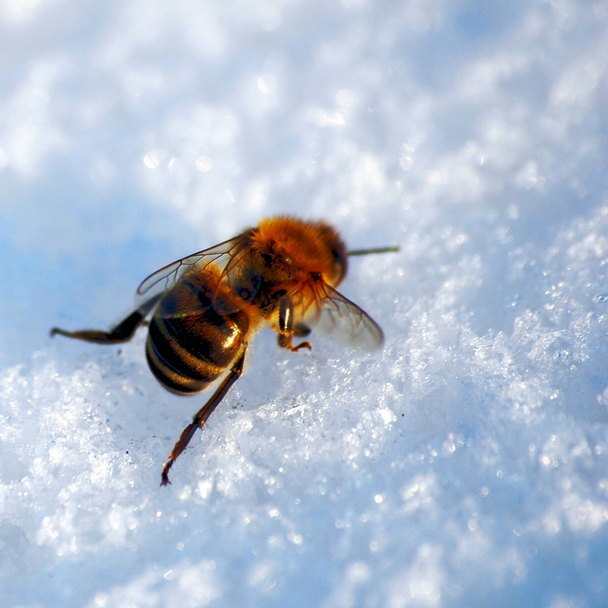
1. Die or pause? No, diapause.
To survive the brutality of freezing winters, many insects enter a state of suspended animation known as diapause. This can occur at any stage of development, from egg to pupa to even adulthood in some species. Metabolism essentially ceases and this condition persists until some natural event triggers renewal of development. The trigger could be light or temperature or some other factor that we haven’t yet identified.
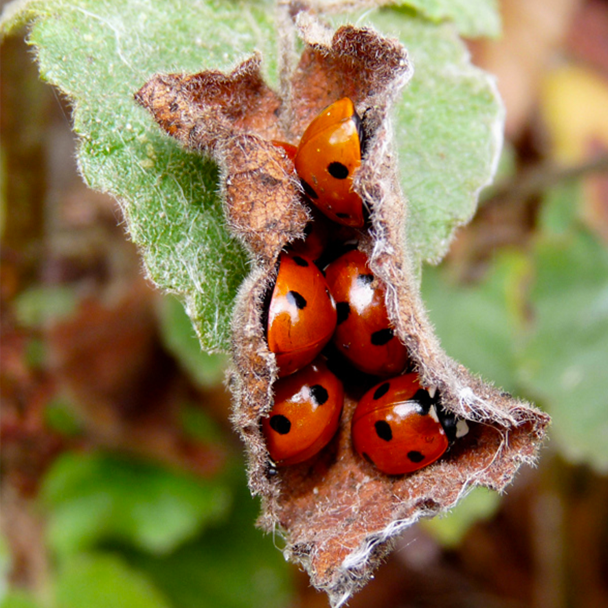
2. Hidey-holes.
Overwintering insects have all sorts of hideouts. Aphids like to lay their eggs in the scaly buds of woody plants. Tent caterpillars lay eggs in protected masses on tree branches, native ladybugs hide out in herds under leaves and overwintering vegetation (the Asian ladybugs choose warm places such as your house). The evil emerald ash borer freezes solid, tucked into the bark of the tree it is invading.
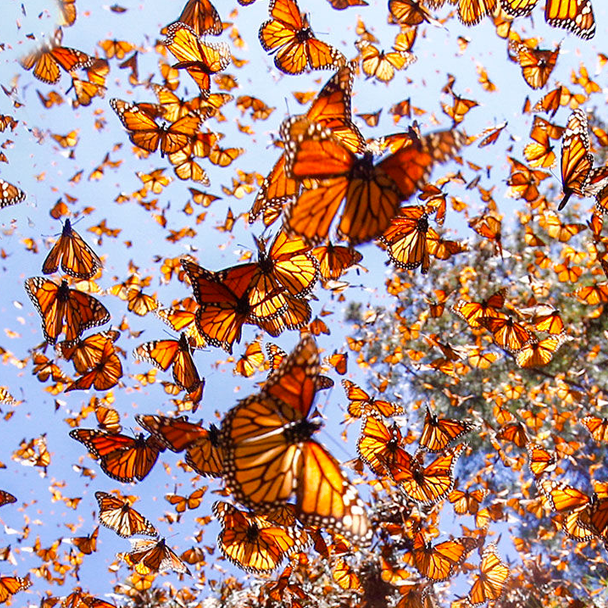
3. Snowbird insects.
We all know about the monarch butterfly and its heroic flights between northern climes and Mexico each fall, but did you know that some 50 species of the 5,200 species of dragonflies also go south? Strangely, we haven’t yet identified any Canadian species with this hedonistic habit.
Catchmaster 36 Max Indoor Sticky Glue Boards

4. Speaking of snow…
Your mother told you not to eat the snow and unless you enjoy ingesting bugs, here’s one reason why. Snow fleas, otherwise known as springtails, although not technically insects, relish winter. You can see their dark blue bodies in the snow, especially in late winter, looking for all the world like specks of pepper. They eat fungi, leaf litter and moss.
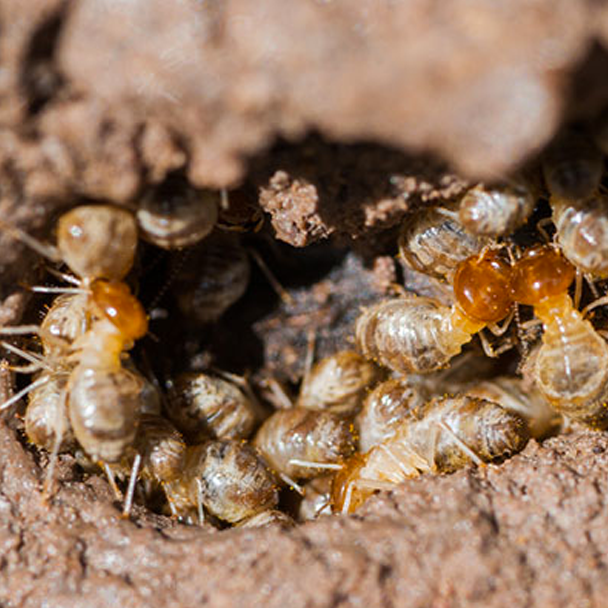
5. The good earth.
Many insects bore into the earth to spend the winter in warm and cosy quarters that are heated above freezing by the molten core of the earth. They might rest in the form of grubs or as larvae ready to continue their next stage as soon as spring comes.
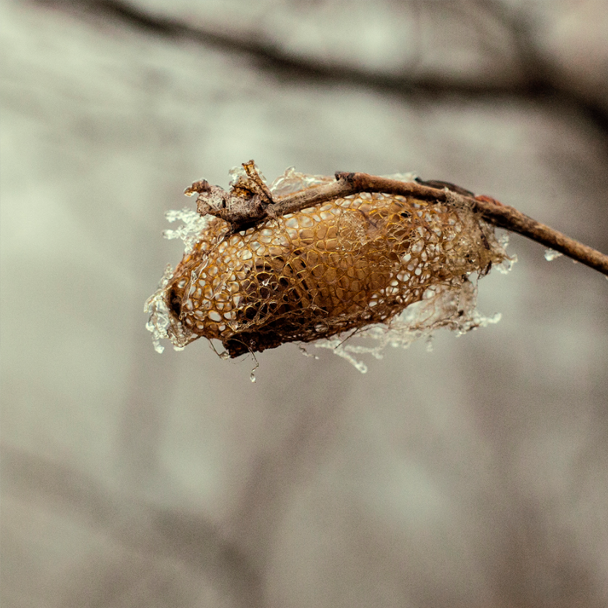
6. Cocoon.
Some insects overwinter in snug cocoons which are hidden behind shutters or behind mailboxes, or under the eaves of your home. Others sleep in a chrysalis attached to some convenient location.
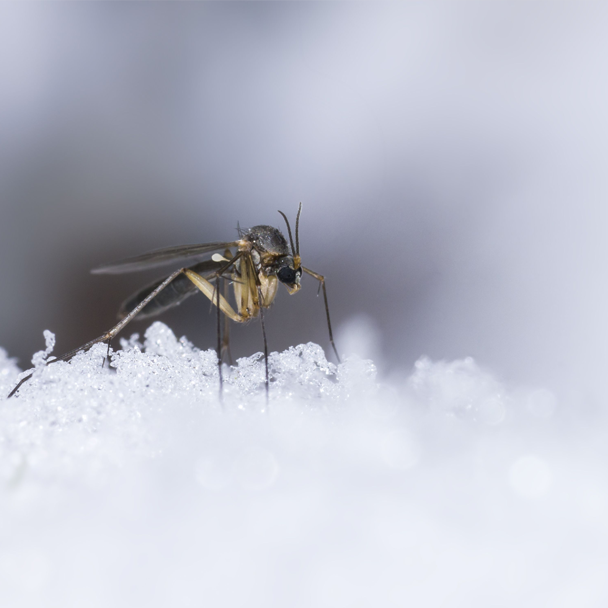
7. Just resting.
Adult mosquitoes enter a state of quiescence – not quite as deep as diapause – resting in a sheltered place until it’s time to get active. Three of their development stages, however, are lived in water as egg, larva and pupa, and in cold climates these stages enter diapause, waiting for spring before continuing their developmental journey.
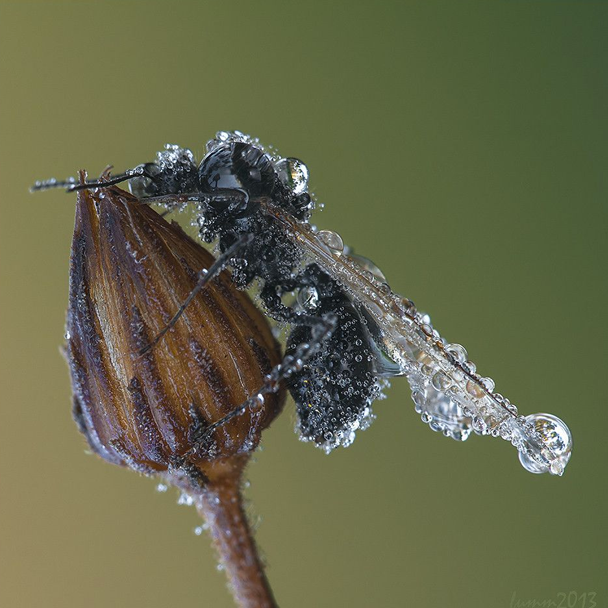
8. Frozen bugs.
Some insects just turn on the antifreeze, allowing their whole bodies to become little lumps of ice. These insects produce antifreeze proteins and glycerol – a sugary alcohol – that supercools their liquid parts to a solid state. Some can survive temperatures to -50 Celsius or even lower. Freeze-tolerant insects include many moths, butterflies, beetles, and wasps.
National Audubon Society Field Guide to Insects and Spiders: North America

9. Wintering in water.
Some insects, such as dragonfly nymphs, overwinter at the bottom of the pond, staying active in the water that is “heated” by the earth. If the pond freezes over completely, they may enter diapause to eke out the rest of the season, becoming reactivated in spring.
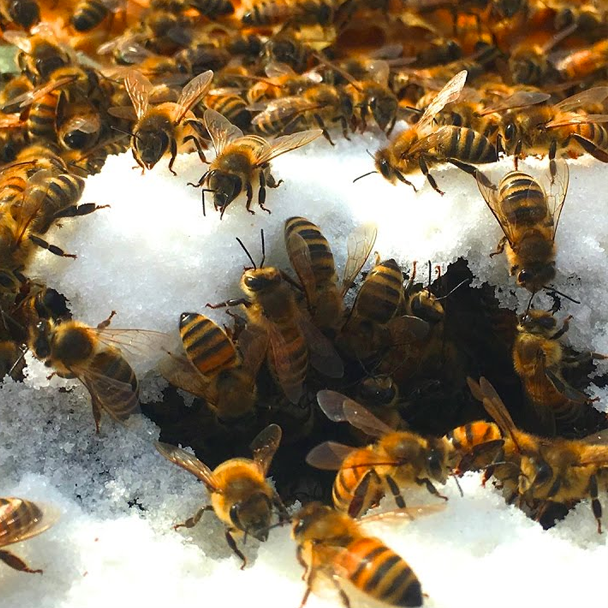
10. Summer bee, winter bee.
Would you rather be a summer bee or a winter bee? And what is the difference? A summer bee lives four to six weeks; a winter bee lives four to six months. They survive winter in the hive eating honey. The bees congregate in a cluster shivering their flight muscles to generate heat to keep the hive and themselves warm.





